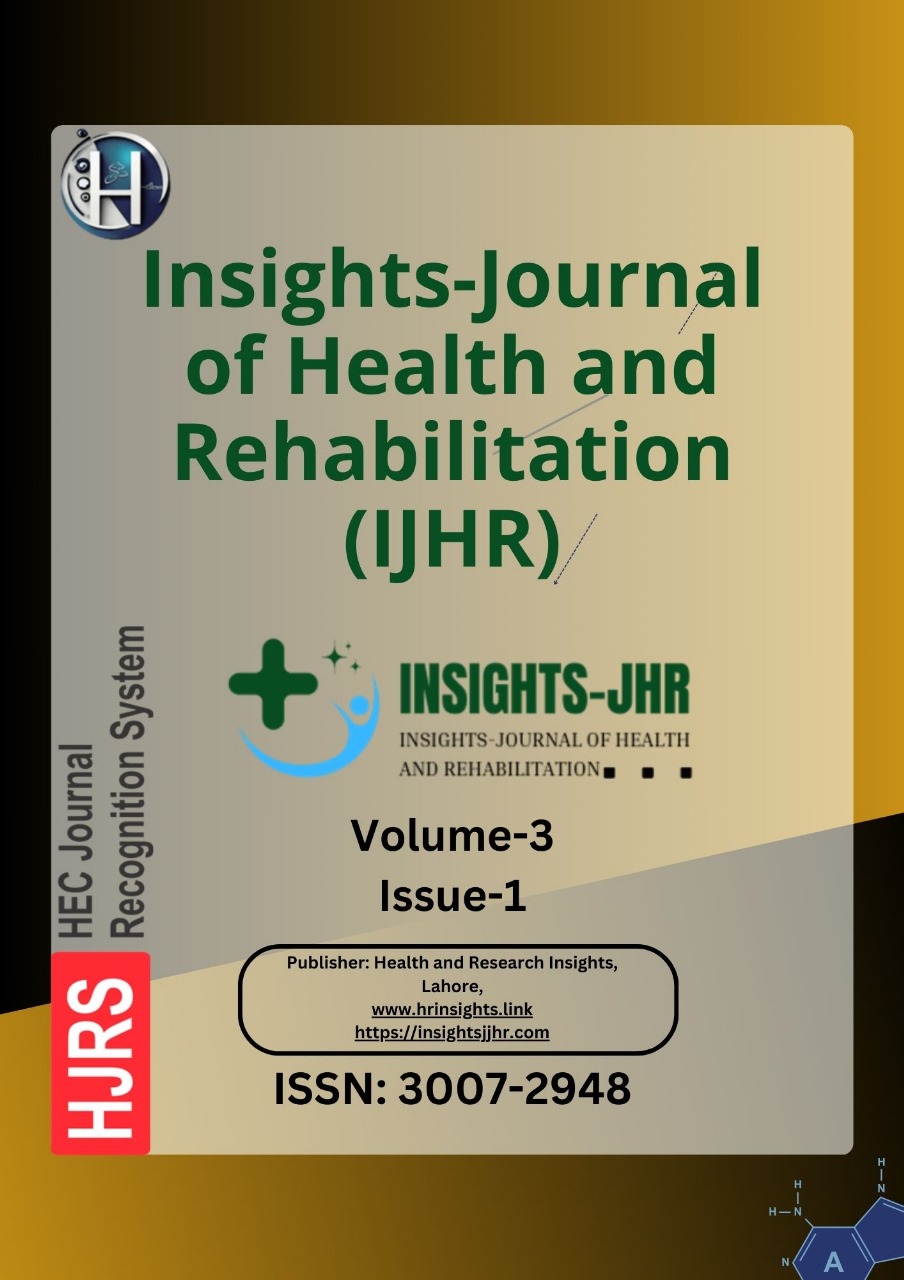STRUCTURAL AND HEMODYNAMIC CHANGES ON ECHOCARDIOGRAPHY IN BETA-THALASSEMIA MAJOR PATIENTS
DOI:
https://doi.org/10.71000/3ts9cm74Keywords:
Beta-Thalassemia Major, Cardiac Function, Echocardiography, Iron Overload, Left Ventricular Dysfunction, Serum Ferritin, Transfusion-Related ComplicationsAbstract
Background: Beta-thalassemia major is a hereditary blood disorder requiring lifelong blood transfusions, which lead to iron overload and associated complications, particularly cardiac dysfunction. Myocardial iron deposition is a significant cause of morbidity and mortality in these patients, often resulting in structural and functional cardiac abnormalities. Echocardiography is a crucial non-invasive tool for early detection of cardiac changes, allowing timely intervention. Understanding the relationship between serum ferritin levels and cardiac parameters can help optimize management strategies for affected individuals.
Objective
This study aimed to evaluate the structural and functional cardiac changes in children with beta-thalassemia major and examine the association between these changes and serum ferritin levels.
Methods: A cross-sectional study was conducted over six months at the Department of Cardiology, Pakistan Institute of Medical Sciences (PIMS), Islamabad. A total of 85 children aged 2–14 years with a confirmed diagnosis of beta-thalassemia major and a history of more than ten packed red blood cell transfusions were included. Demographic, clinical, and hematological data were collected, along with echocardiographic assessments of left ventricular end-diastolic diameter (LVEDD), left ventricular end-systolic diameter (LVESD), left ventricular ejection fraction (LVEF), and the E/A ratio. Serum ferritin levels were measured, and statistical analysis was performed using SPSS version 26, with a significance threshold of p ≤ 0.05.
Results: The mean hemoglobin level was 8.5 ± 1.2 g/dL, while serum ferritin averaged 2500 ± 850 ng/mL, indicating severe iron overload. Echocardiographic parameters showed a mean LVEDD of 42.3 ± 3.5 mm, LVESD of 28.1 ± 2.7 mm, and LVEF of 56.8 ± 6.5%. Patients with ferritin levels ≥2500 µg/L had significantly larger LVEDD (44.5 ± 3.2 mm vs. 40.1 ± 3.0 mm, p = 0.05), LVESD (30.2 ± 2.5 mm vs. 26.0 ± 2.4 mm, p = 0.01), and lower LVEF (54.0 ± 5.8% vs. 59.6 ± 5.2%, p = 0.03). Positive correlations were found between ferritin and LVESD (r = +0.50), while an inverse correlation was observed with LVEF (r = -0.48). No significant difference in the E/A ratio was noted (p = 0.15).
Conclusion: The findings indicate that children with beta-thalassemia major experience significant cardiac structural changes, with increased LVEDD, LVESD, and reduced LVEF closely linked to elevated serum ferritin levels. These results highlight the detrimental effects of iron overload on cardiac performance, emphasizing the need for more effective chelation therapy and cardiac monitoring strategies to prevent early myocardial dysfunction.
Downloads
Published
Issue
Section
License
Copyright (c) 2025 Muhammad Asif Nawaz Khan, Fazlul Aziz Mian, Subaat Basit , Bilqees , Laiba Sarfraz , Shahjahan Wahid (Author)

This work is licensed under a Creative Commons Attribution-NonCommercial-NoDerivatives 4.0 International License.







